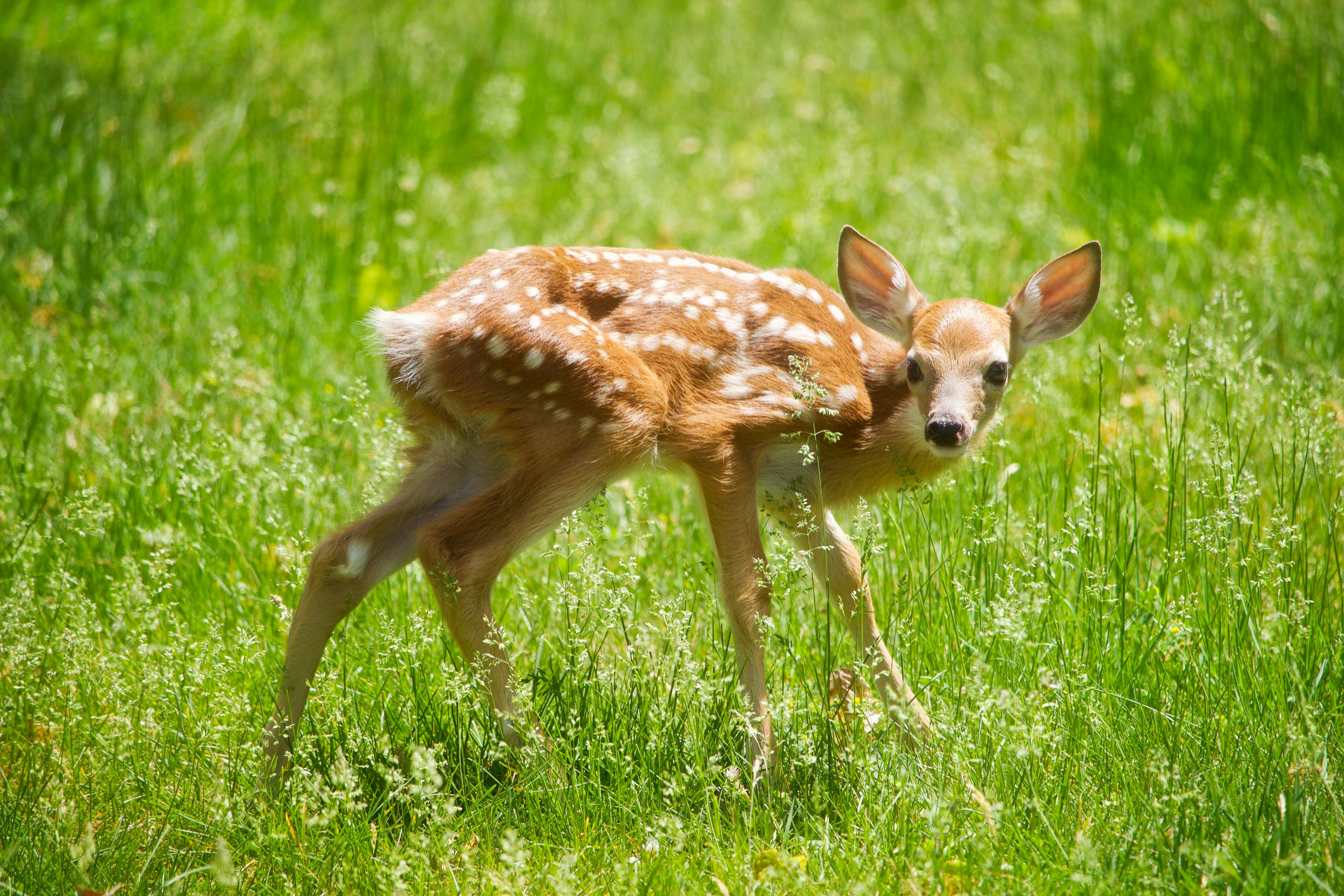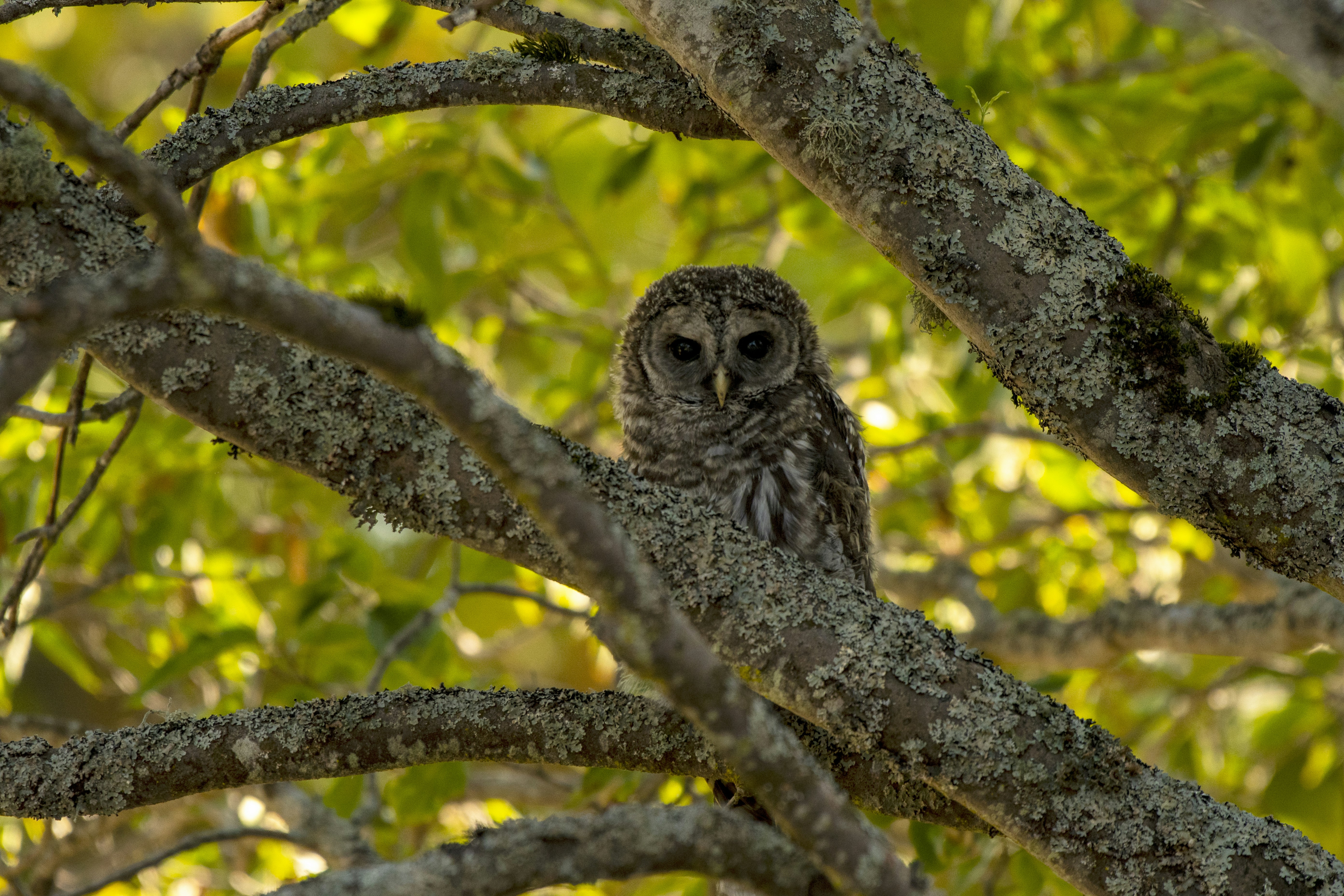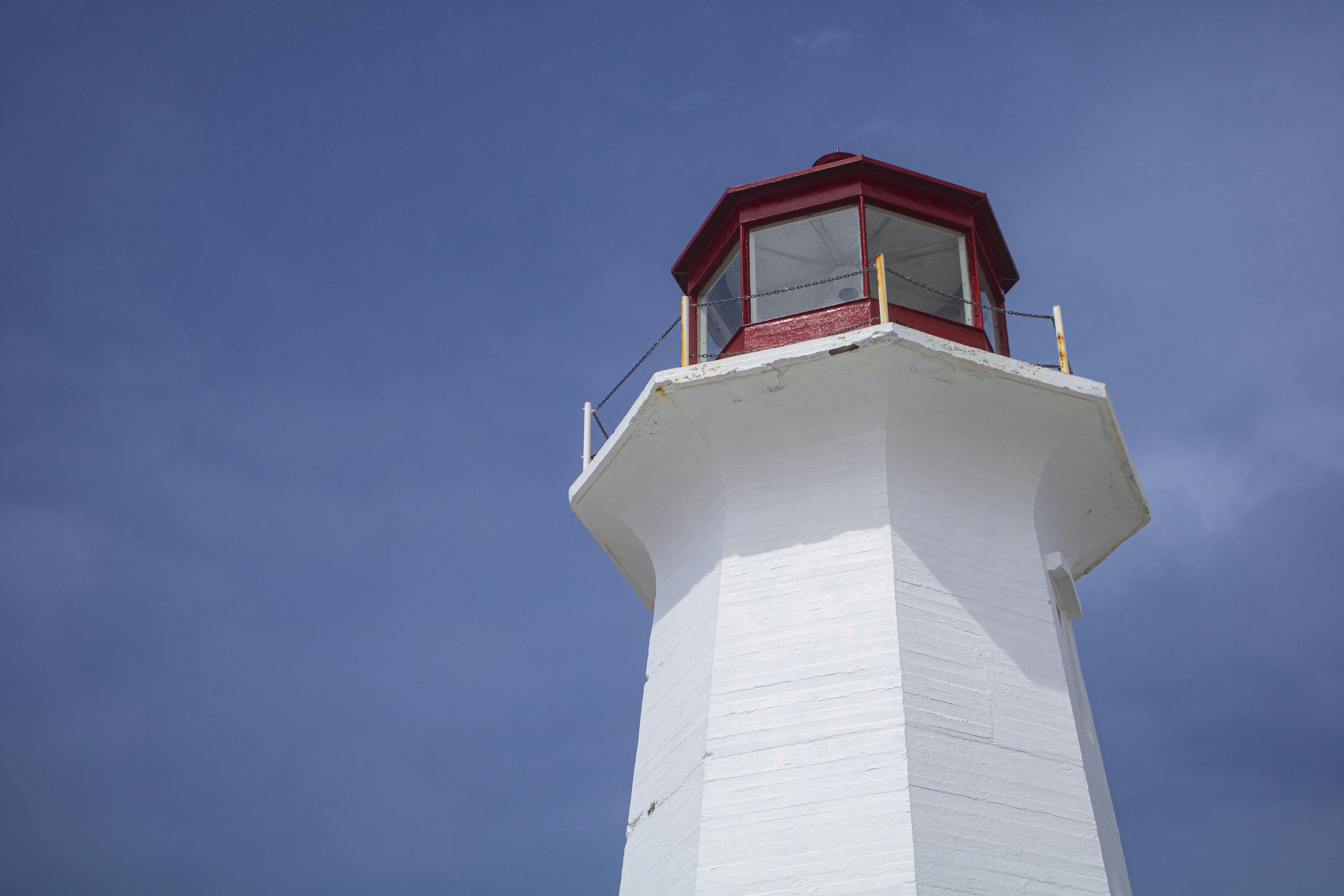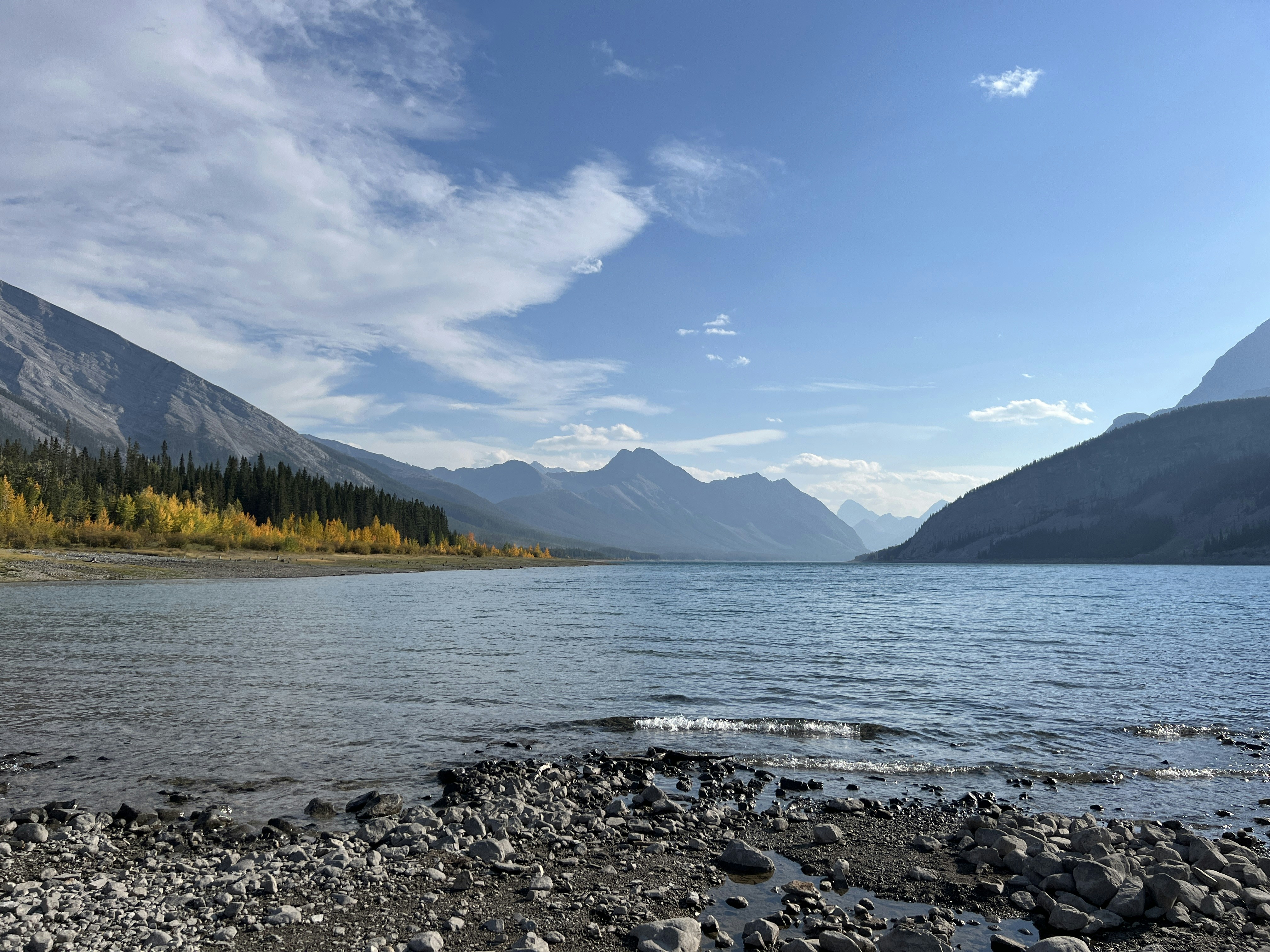Top 10 Wildlife Viewing Spots in Canada

Canada's vast wilderness areas are home to an incredible diversity of wildlife. From towering grizzly bears to playful otters, majestic whales to elusive lynx, the country offers wildlife enthusiasts countless opportunities to observe animals in their natural habitats. Here's our guide to the top 10 wildlife viewing spots across Canada.
1. Great Bear Rainforest, British Columbia
The Great Bear Rainforest spans 6.4 million hectares along British Columbia's Pacific Coast and is one of the largest intact temperate rainforests in the world. This remote wilderness is famous for its population of Kermode (Spirit) bears, a rare subspecies of black bear with a white or cream-colored coat.
The best time to visit is from May to October, with peak bear viewing in September when salmon run upstream to spawn. Besides Spirit bears, you might spot grizzlies, black bears, wolves, cougars, and abundant marine life.
Wildlife Viewing Tip
Book a guided tour with a local operator for responsible wildlife viewing. Indigenous-led tours provide cultural context and traditional knowledge about the animals and ecosystem.
2. Churchill, Manitoba
Known as the "Polar Bear Capital of the World," Churchill sits on the shores of Hudson Bay and offers one of the most accessible places to see polar bears in the wild. Every autumn (October to November), hundreds of polar bears gather near the town as they wait for the bay to freeze so they can hunt seals.
Churchill also offers incredible opportunities to see beluga whales during summer months (June to August), when thousands migrate to the Churchill River estuary. You might also spot Arctic fox, Arctic hare, and numerous bird species.
3. Algonquin Provincial Park, Ontario
Just a few hours from Toronto, Algonquin Provincial Park is one of Canada's most accessible wildlife viewing destinations. The park is famous for its moose population, with the best viewing opportunities occurring in May and June along Highway 60.
Algonquin is also home to black bears, wolves, otters, beavers, and over 260 bird species. Wolf howling sessions organized by the park during August are a unique experience for wildlife enthusiasts.
4. Bay of Fundy, New Brunswick/Nova Scotia
The Bay of Fundy, with the highest tides in the world, is a rich feeding ground for marine life. Whale watching tours operate from June to October, offering opportunities to see humpback, finback, minke, and rare right whales.
The bay also attracts thousands of shorebirds during their migration. At peak times (July to August), you can observe flocks of semipalmated sandpipers feeding on the mudflats.
5. Khutzeymateen Grizzly Bear Sanctuary, British Columbia

Canada's first grizzly bear sanctuary, Khutzeymateen is home to approximately 50 grizzlies. The protected inlet north of Prince Rupert is accessible only by boat or floatplane, ensuring minimal human impact on the bears.
Tours run from May to July, with the best viewing opportunities in late May and early June when bears emerge from hibernation and feed on sedge grasses in the estuary meadows.
6. Cape Breton Highlands National Park, Nova Scotia
This stunning coastal park offers diverse wildlife viewing opportunities. The Cabot Trail provides excellent vantage points to spot moose, particularly at dawn and dusk. Bald eagles soar overhead along the coastline, while pilot and minke whales can often be seen from coastal lookouts.
The park is also home to lynx, coyotes, black bears, and harbor seals. Visit in fall to enjoy spectacular foliage alongside your wildlife adventures.
Responsible Viewing
Always maintain a safe distance from wildlife, use binoculars or telephoto lenses for close-up views, and never feed wild animals. Follow all park guidelines and regulations for the safety of both visitors and wildlife.
7. Wapusk National Park, Manitoba
Located south of Churchill, Wapusk National Park protects one of the world's largest polar bear denning areas. Female bears den here during winter and emerge with their cubs in spring (February to March).
The park is remote and accessible primarily through licensed tour operators. Besides polar bears, the park is home to caribou, wolverines, and Arctic foxes.
8. Pacific Rim National Park Reserve, British Columbia
This coastal park on Vancouver Island offers excellent marine wildlife viewing. Gray whales migrate past the park from March to October, with peak viewing in March and April. Resident orcas, humpbacks, and sea lions can be spotted year-round.
The park's diverse habitats also support black bears, wolves, cougars, and numerous shorebirds. Tide pools reveal fascinating intertidal creatures like sea stars, anemones, and crabs.
9. Saguenay-St. Lawrence Marine Park, Quebec
Where the Saguenay River meets the St. Lawrence estuary, this marine park is one of the best places in Canada to observe beluga whales. These distinctive white whales reside here year-round due to the area's rich feeding grounds.
Summer months (June to September) also bring blue whales, fin whales, minke whales, and humpbacks to the area. Seal watching and seabird observation are additional highlights.
10. Wood Buffalo National Park, Alberta/Northwest Territories
Canada's largest national park protects the world's largest free-roaming herd of wood bison. This UNESCO World Heritage site is also the last natural nesting site of the endangered whooping crane.
The park's remote location makes wildlife viewing a true wilderness experience. Besides bison, you might encounter black bears, wolves, lynx, and moose. The Salt Plains provide unique landscapes and wildlife viewing opportunities.
Planning Your Wildlife Adventure
When planning your Canadian wildlife adventure, consider these tips:
- Research the best seasons for viewing your target species
- Book guided tours with reputable operators who prioritize animal welfare
- Bring appropriate gear: binoculars, camera with telephoto lens, weather-appropriate clothing
- Practice patience and move quietly when wildlife watching
- Learn about animal behavior to enhance your experience and ensure safety
Canada's diverse landscapes provide extraordinary opportunities to connect with nature and observe incredible wildlife. Whether you're watching grizzlies fish for salmon, hearing wolves howl in the wilderness, or witnessing the majesty of whales breaching offshore, these wildlife encounters will create lasting memories of Canada's natural treasures.

